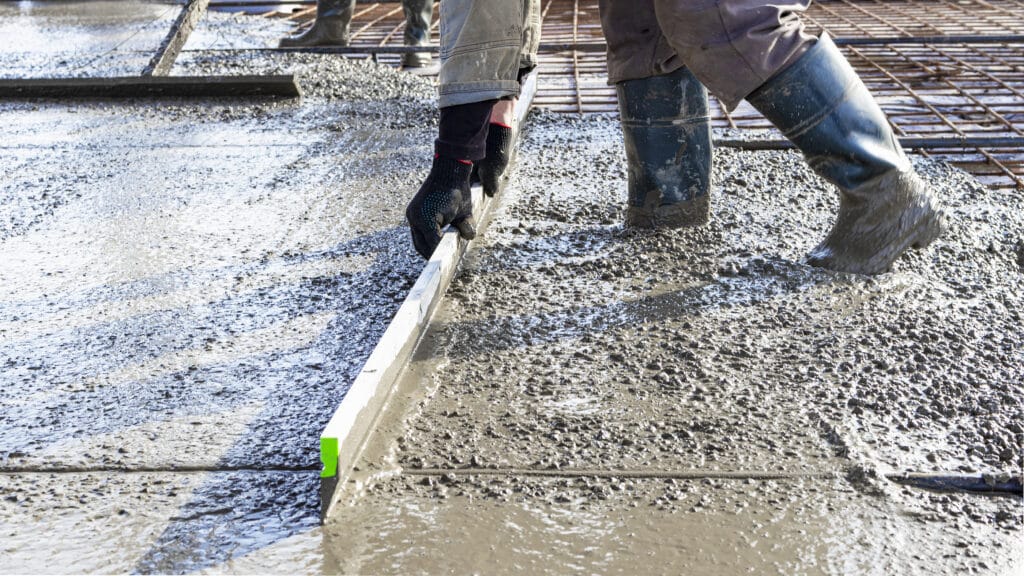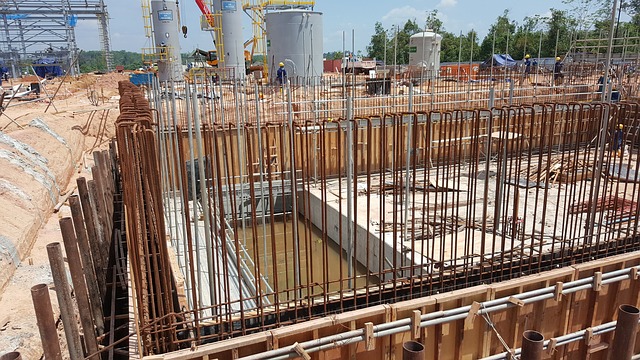
Concrete slabs are essential elements in almost every building – including sheds and new homes. They provide support for other building components while acting as structural supports.
Most concrete slabs are constructed using formwork made from wooden planks and boards, plastic sheeting or, on commercial building sites, steel. Rebar is typically added for reinforcement.
Strength
Concrete slabs Melbourne are flat platforms used in building construction that serve as flexible members to transfer loads in either direction by bending. A slab may take on various forms including solid, precast or ribbed versions and may even be reinforced with rebar for increased resilience against static calculations of bending moments.
Reinforcement must be applied in both directions of long span slabs for high bending resistance, known as two-way slabs and frequently found in commercial buildings. Hollow core concrete slabs also exist and feature tubular voids which reduce weight by decreasing reinforcement requirements while acting as service conduits.
Care must be taken when building a concrete slab in order to avoid costly errors and errors in construction. Formwork must be constructed correctly so as to withstand pressure from concrete, allow people to walk on it safely, support equipment and machinery and be compliant with design/construction standards.
Durability
Slabs are typically assumed to carry uniform loads – both the dead load of the slab itself, as well as any additional loads imposed by floor finishes, grilles or other materials such as floor finishes. The dead load represents the weight of concrete itself while its imposed load can be calculated depending on what kind of building will use it.
The slab must be designed to withstand static bending moments calculated using its span and load, such as pre-tensioning or post-tensioning, calculated from statics calculations. There are various techniques that can help achieve this aim such as pre-tension and post-tensioning.
Insulating the slab is essential if slabs are being used in areas that must maintain consistent temperatures, such as bedrooms, kitchens and bathrooms. Slab insulation may be accomplished using various techniques such as pour-in-place panels, precast panels or foamed expanded polystyrene foam insulation; natural ventilation should also be encouraged to allow heat stored in the slab to dissipate on summer evenings.
Flexibility
A concrete slab is not rigid, but spreads the load from walls and columns over an extended surface area, thus reducing the need for massive foundations on weak soils while helping prevent settlement of the building.
Concrete slabs can be constructed with various forms of reinforcement depending on their intended strength and flexibility requirements. For instance, slabs that only experience one direction of loading may benefit from adding rib reinforcement, which improves its bending strength while keeping its position beneath the floor without flexing.
Heating and cooling ductwork for homes built on slabs typically runs through the ground-floor ceiling, where insulation prevents conduction heat transference between living space and concrete slab. Without insulation, concrete’s high thermal mass slows temperature changes more gradually – a useful feature in climates with dramatic daily temperature variations as it acts as an efficient thermal regulator. Passive design utilizes this feature by having the concrete act as its own thermal regulator.
Thermal Mass
Concrete has high thermal mass, and therefore stores heat over long periods. This makes concrete slabs much more energy-efficient than their R-value would indicate.
Concrete’s environmental impact is another serious consideration, but there are ways to lessen it. Producing it from various materials – recycling concrete aggregates where possible can help – and using them will reduce energy use, carbon emissions and water use significantly.
Conventional concrete slabs are usually ground-bearing; if suspended they must be designed to distribute loads to supporting structural elements. Slabs often experience both dead loads and imposed loads that depend on the type of building in which they’re situated.

